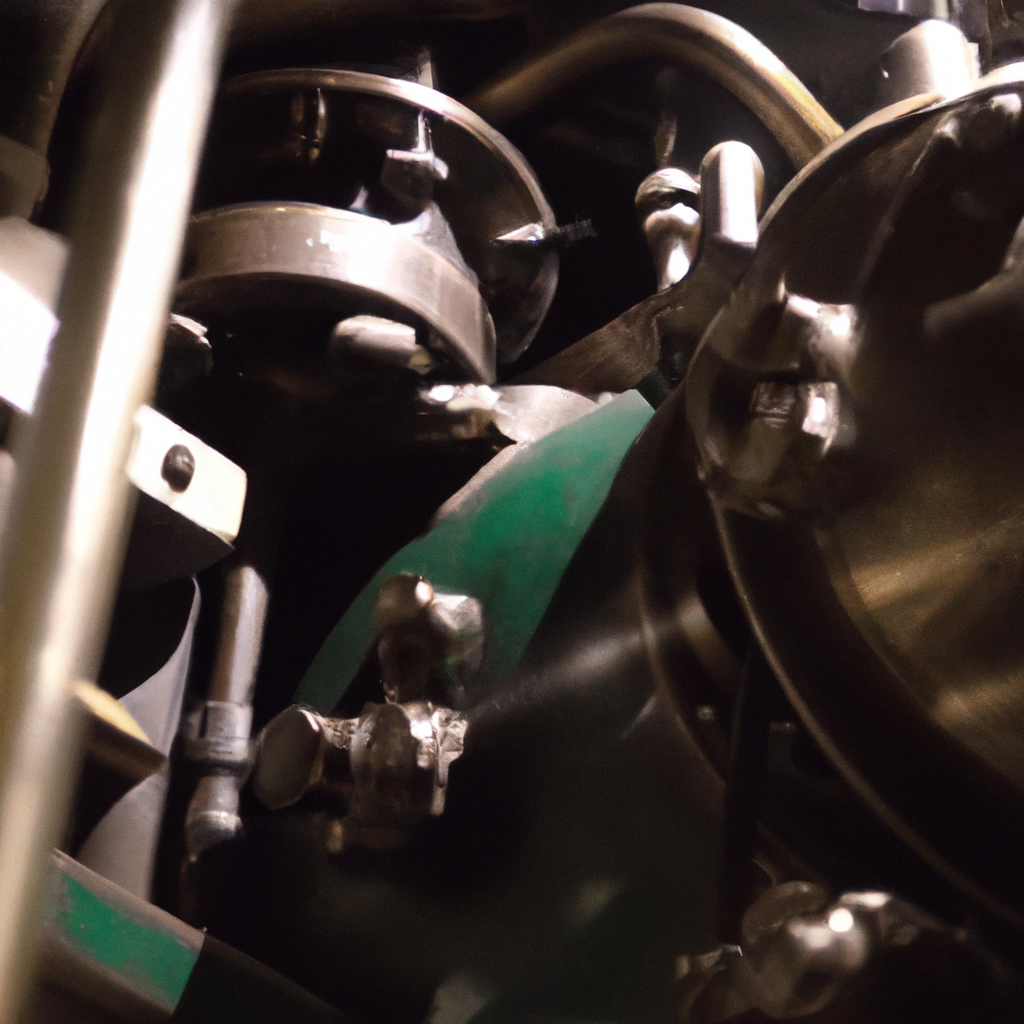A steam engine is a machine that uses steam power to perform mechanical work. It was one of the most important inventions of the Industrial Revolution and played a crucial role in the development of modern machinery. In this article, we will explore how a steam engine works, its history, and its various parts and designs.
History of Steam Engines
The first steam engine was invented by Thomas Savery in 1698, but it was inefficient and could only be used to pump water out of mines. It was James Watt who made significant improvements to the design of the steam engine in the 18th century. He introduced a separate condenser, which increased the efficiency of the engine and made it suitable for a wide range of applications.
Steam engines were used in various industries during the Industrial Revolution, such as textile mills, ironworks, and transportation. The steam locomotive, invented by George Stephenson in the early 19th century, revolutionized transportation by making it possible to transport goods and people over long distances at high speeds.
How a Steam Engine Works
A steam engine works by heating water to produce steam, which then expands and moves a piston or turbine to perform mechanical work. The basic components of a steam engine are a boiler, a steam engine, and a condenser.
Boiler: The boiler is the part of the steam engine that produces steam. It is a closed container where water is heated by burning coal, wood, or oil. The heat from the fuel source causes the water to boil, and the steam produced is then directed to the steam engine.
Steam Engine: The steam engine converts the energy from the steam into mechanical work. It has a piston or turbine that moves up and down or rotates, depending on the design of the engine. The steam is directed to the steam engine, where it pushes the piston or turbine, causing it to move.
Condenser: The condenser is a separate chamber that cools and condenses the steam after it has performed mechanical work. It is essential in increasing the efficiency of the engine, as the steam that is not condensed is wasted energy.
Steam engines can be classified into two types: reciprocating engines and rotary engines. Reciprocating engines use a piston that moves up and down in a cylinder, while rotary engines use a turbine that rotates around a central axis.
Steam Engine Parts
A steam engine has several parts, each of which plays a crucial role in the functioning of the engine:
Boiler: The boiler is the part of the steam engine that produces steam. It consists of a firebox, a water tank, and a chimney.
Piston: The piston is a cylindrical component that moves up and down in a cylinder. It is connected to a crankshaft that converts the reciprocating motion of the piston into rotary motion.
Cylinder: The cylinder is a cylindrical chamber where the piston moves up and down. It is connected to the boiler and the condenser via pipes.
Valve: The valve is a component that controls the flow of steam into and out of the cylinder. It is controlled by a mechanism that determines the direction of the piston’s movement.
Condenser: The condenser is a chamber that cools and condenses the steam after it has performed mechanical work. It is connected to the cylinder via a pipe.
Conclusion
In conclusion, a steam engine is a machine that uses steam power to perform mechanical work. It played a crucial role in the development of modern machinery and transportation during the Industrial Revolution. The basic components of a steam engine are a boiler, a steam engine, and a condenser. Steam engines can be classified into two types: reciprocating engines and rotary engines. The parts of a steam engine include the boiler, piston, cylinder, valve, and condenser. The invention and development of the steam engine were crucial in shaping the modern world, and it continues to be an essential technology to this day.







